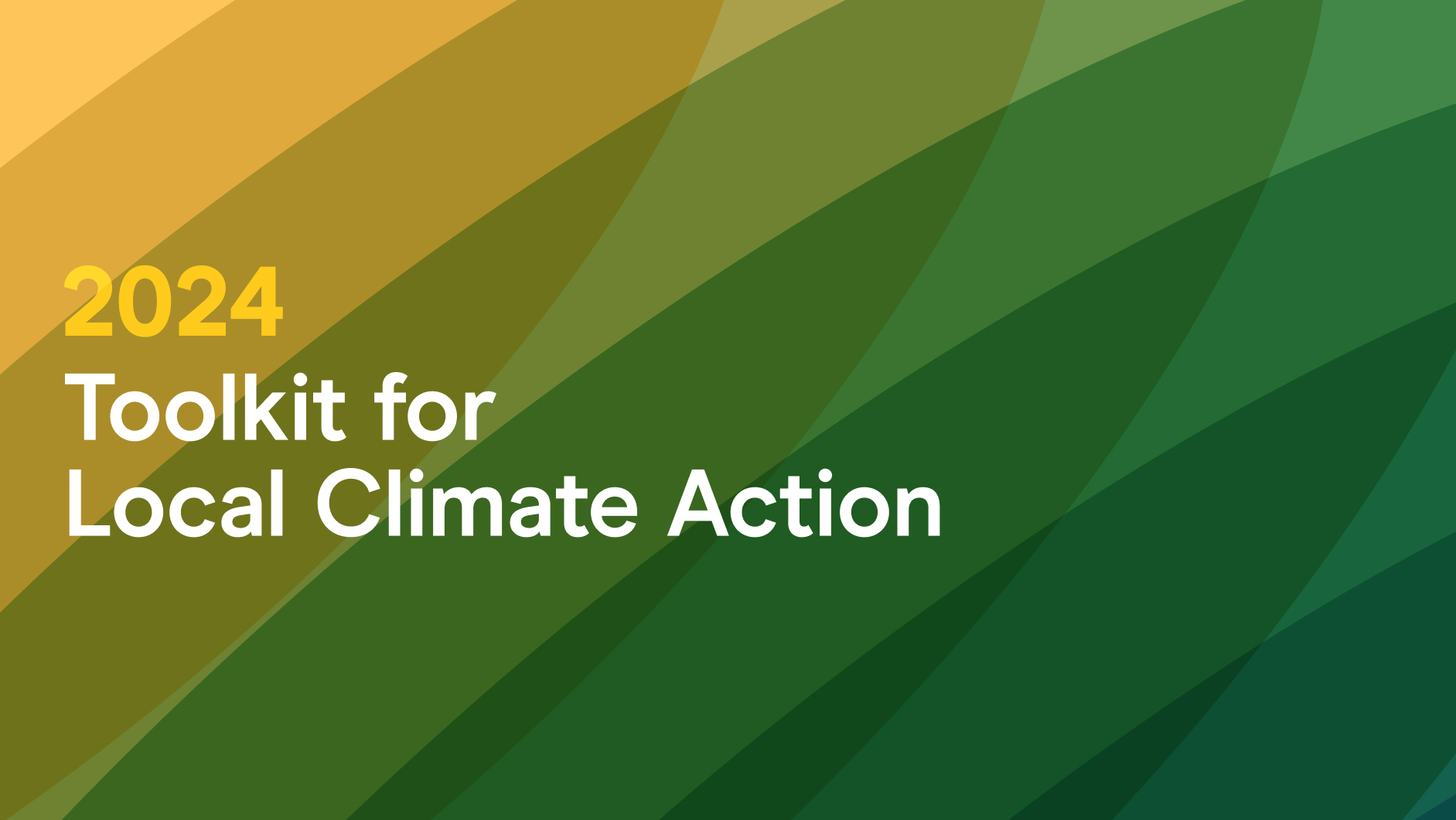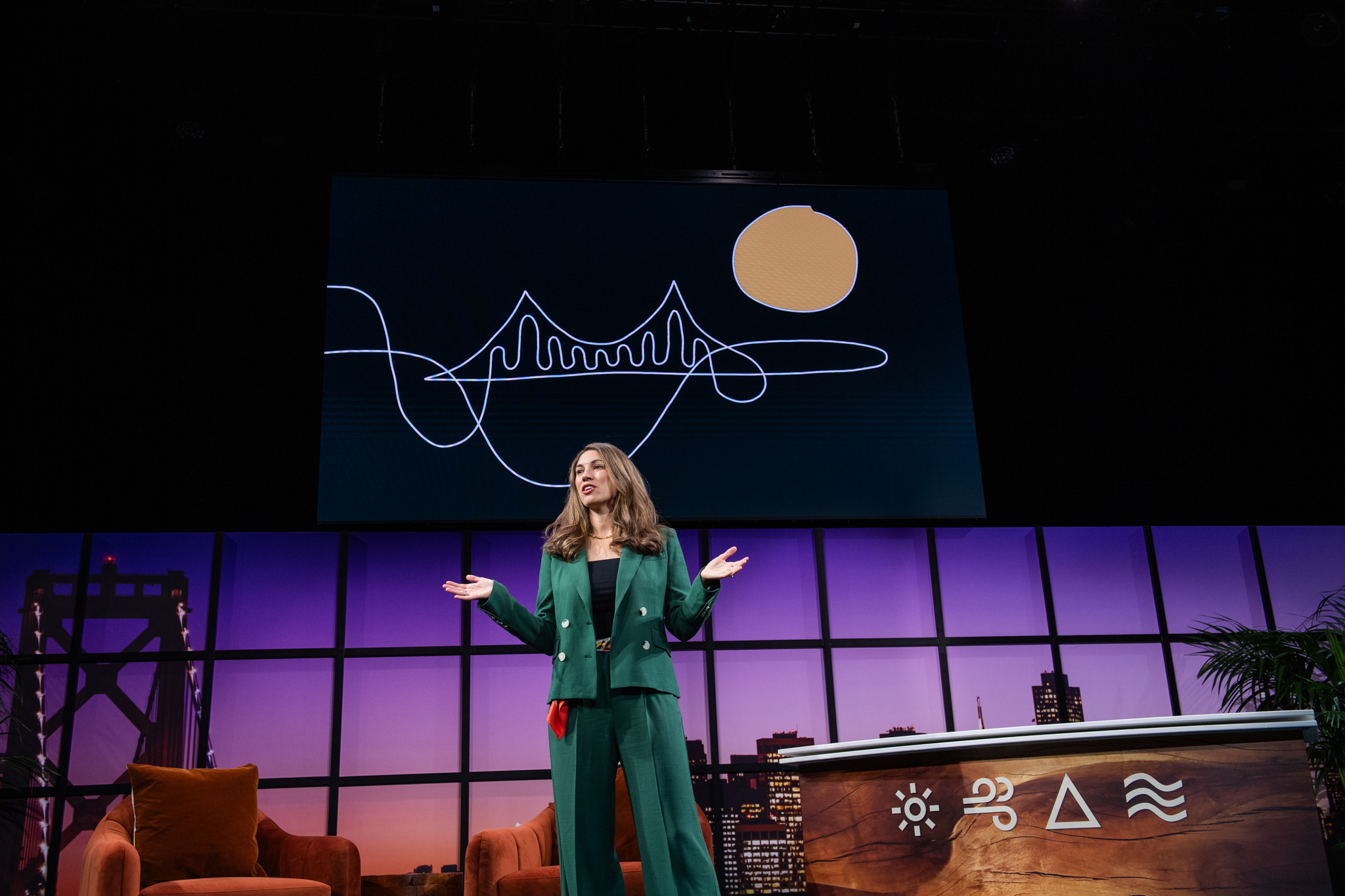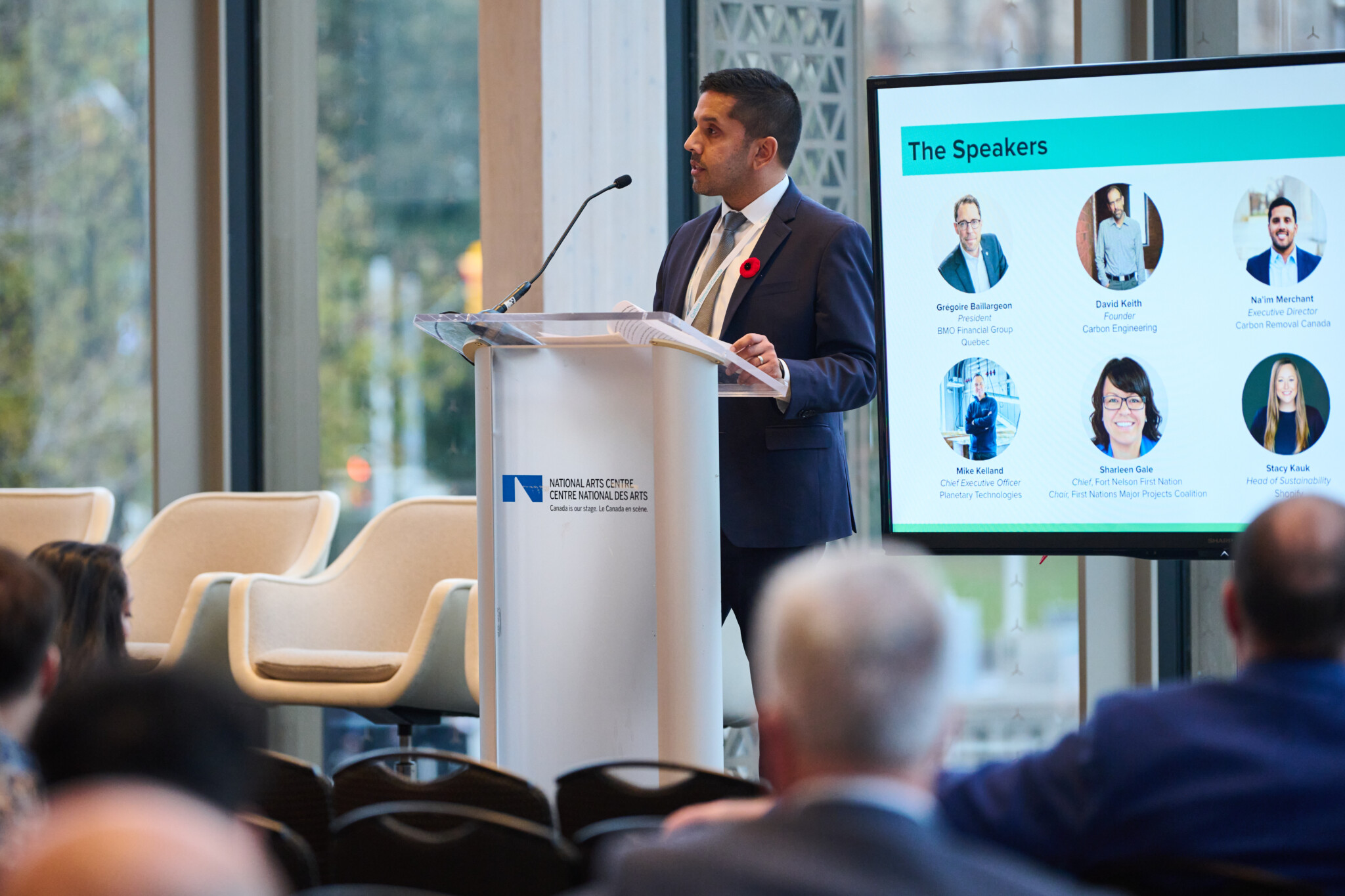
Air conditioners remain energy hogs that account for 4% of global emissions. Meanwhile, the number of units needed worldwide is expected to quadruple to 4.5 billion by 2050. And the regions that will see the most warming, and therefore the highest demand for cooling, are economies that are expected to stay reliant on fossil fuels through 2040.
How can we meet this soaring demand without continuing the vicious cycle of increased energy demand resulting in increased emissions which leads to more warming which leads to more energy demand for cooling?
At Elemental’s recent Climate Tech Deep Dive: Staying Cool on a Warming Planet, I discussed how to make cooling more energy efficient, affordable, and accessible with Cedric Char, Investor at Fifth Wall (an Elemental Navigator member), Christian Weeks, CEO of enVerid Systems (an Elemental portfolio company), Sneha Ayyagari, Clean Energy Initiative Program Manager at Greenlining Institute, and Sorin Grama, CEO of Transaera.
We spoke about both challenges and opportunities and how climate tech innovators, investors, and community-based organizations are creating, investing in, and supporting the solutions we need to meet growing demand in an equitable and sustainable way. Here are some of my key takeaways:
- Expanding access to cooling is a key line of defense for adapting to increasingly harsh weather. And it has the potential to equalize conditions between different countries as an essential part of climate justice. For example, about 90% of US households have AC, but the opposite is true in emerging economies, where 90% of households currently don’t have AC.
- Breaking the vicious cycle. Those who only can afford a low-efficiency AC unit become locked into massive energy costs over the unit’s lifetime, entrenching energy inequity. Therefore, it is absolutely critical that energy-efficient cooling becomes the status quo from both a climate and human rights perspective.
- Creating a confluence of influence. The notoriously risk-averse real estate industry has historically been a laggard when it comes to technology adoption. The HVAC industry has been slow to evolve as well. To create a paradigm shift in the built environment, Christian said, we need a “confluence of influence.” This could be a combination of policy sticks driving efficiency targets, building owners and tenants demanding higher efficiency technologies, and investors supporting the entrepreneurs who are building the change.
- Investing in equity. VCs can support social and energy equity outcomes in numerous ways. For example, utilizing a social equity scoring criteria in their due diligence processes, leveraging Greenlining’s Making Equity Real framework to provide early support to entrepreneurs, and setting strong internal and external goals to ensure investment is accessible.
- Solving the split incentive. Updating habitability standards and building codes for both existing and new buildings can help to ameliorate the “split incentive” (i.e., when a landlord is not incentivized to improve their property because only the tenant can realize the benefits, whether that’s comfort, savings, etc.). Building codes can be an accelerant or a major barrier to new technology adoption in our built environment.
- Maximizing shade. In addition to high-tech cooling innovations, low-tech solutions — like urban forestry, shade structures, and green roofs that keep streets and building exteriors cool and reduce the urban heat island effect — are also key for prioritizing people’s health and safety at scale.
You can watch the entire discussion below. And you can find more accessible insights into industry trends featuring Elemental’s team, portfolio companies, and experts at our hub for Climate Tech Deep Dives.
• • •





